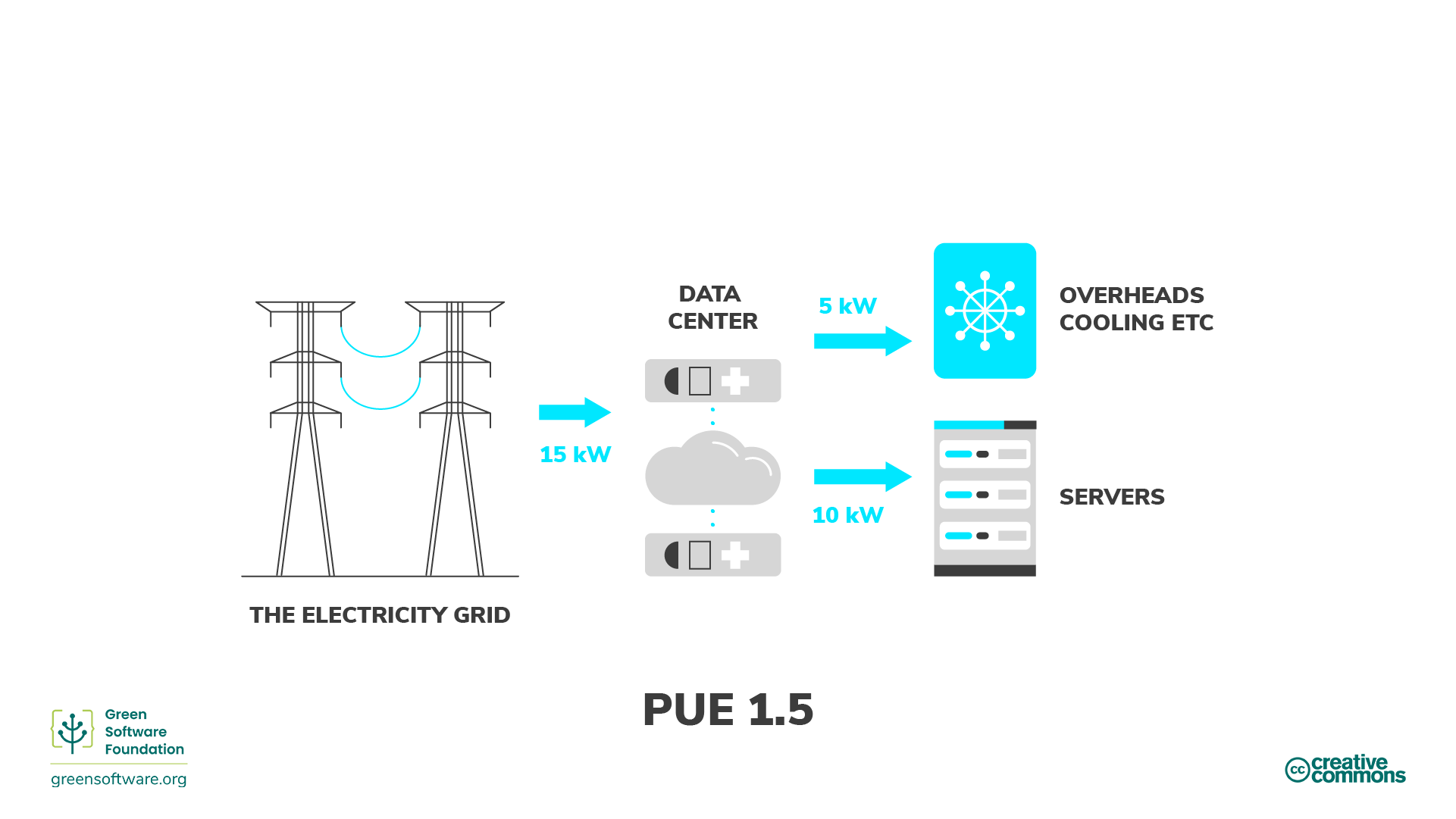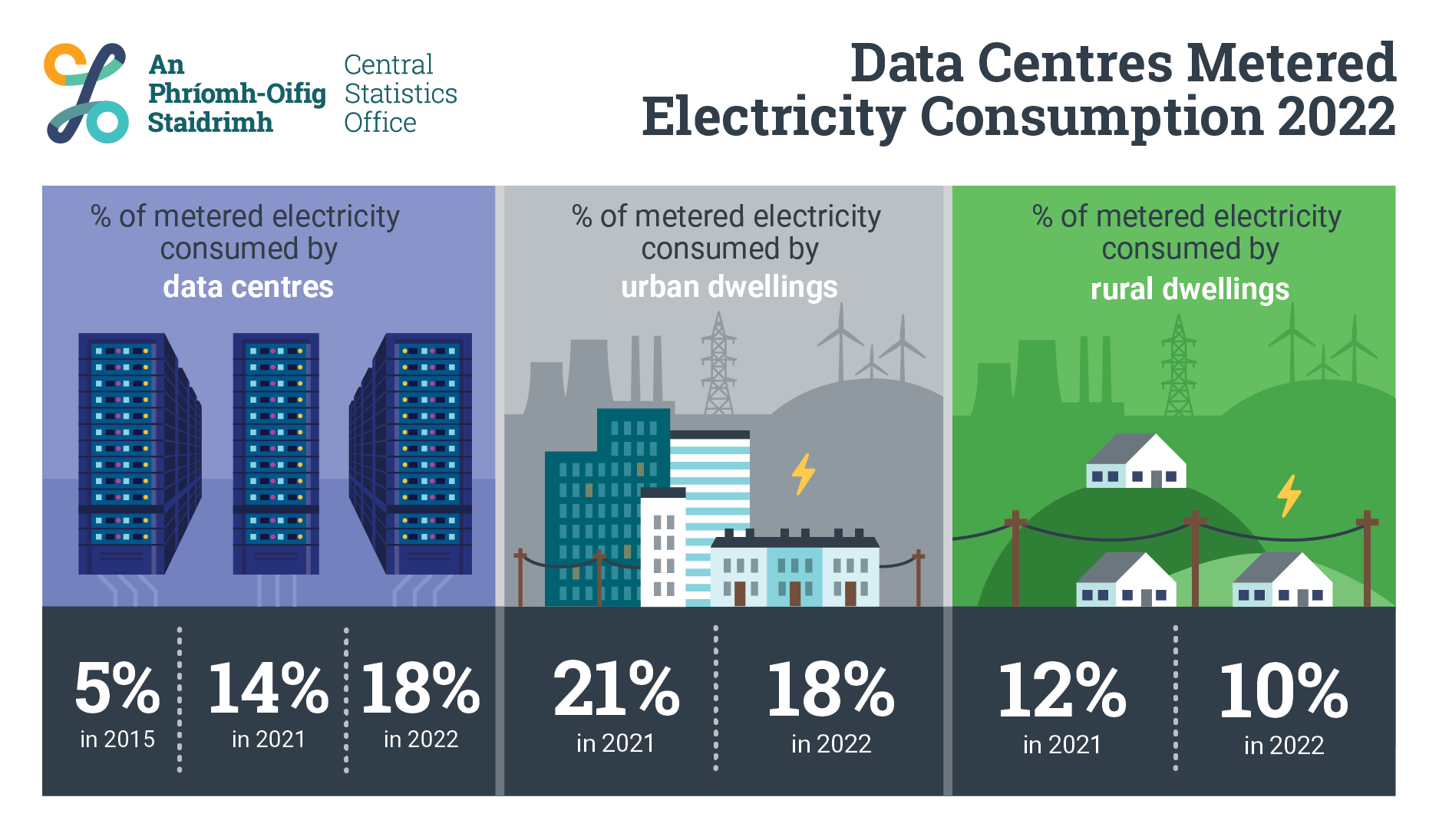A deeper look into energy efficiency of Data Centres
What is the measure of effectiveness of a Data centre? What besides electricity goes into DCs? Which steps with DCs we need to take in order to prevent IT from worsening global warming?
Hello everyone!
To start on the same note as before - it's been a while! I wasn't able to keep up with my initial plan of publishing an article every second Monday. Last one was 4 weeks ago. Sorry for that! Anyhow, the over planned months/weeks are over, hopefully, and I'll continue to post on a more regular basis.
In this week's article, we'll cover one of the most important parts of the IT industry, one of its cores. The Data centres. What is their impact on the environment, how we measure that impact, what other resources are consumed within a data centre... We'll also examine a study about the importance of eco-friendly and sustainable computing.
What are Data centres and how to measure their effectiveness?
Since I am fond of starting from scratch, let's see what Data centres are? You've heard about the term Cloud, right? Well, most of the data centres are places where that cloud is actually running. These are the buildings where servers, storages, networking machines are running. Location of actual physical resources. This is a rather simplified explanation.
To determine the effectiveness of data centres, we use Power Usage Effectiveness. I've written already about it in the article about The greenest regions in GCP. If you haven't had chance to check it out, now's the time.
To calculate the PUE, you can can use the formula below.
PUE = Total facility energy usage / IT equipment energy usageThe following image is a simplified example of PUE.

What other resource, besides electricity, DCs use?
Water. The equipment uses a lot of water for cooling. Besides the electricity. As with PUE, we also have a measurement called WUE - Water usage effectiveness. This is the litres of water consumed per Kilowatt Hour - L/kWh. Now, the numbers from Google, Microsoft, and Amazon are big.
In 2022, Google used about 21 billion litres of water in their data centres and offices[1]. Most of it went to the data centres. Microsoft consumed ~6.3 billion of litres of water in 2022 in their Data centres.[2]
And Amazon, well, they provided WUE. Their data centres consume 0.19 l/kWh on average. [3]. I tried finding the exact number of litres consumed, but I wasn't able to do that. I also tried to find the exact amount of kWh of electricity consumed, and then multiply, but with no luck. Amazon reports everything in a bit different way.
A bit about cooling in Data centres
Now, the cooling in Data centres takes a big percentage of the electricity (and water) consumed. If the PUE is 1.5, as in the image above, roughly the 1/3rd of energy consumed goes into cooling. That's a lot!
What can we do about that? Well, for starters, we can increase the temperature in the DCs. The ideal temperature in the DCs is 18-27°C. The ASHRAE envelope provides this guideline. For optimal performance. In practice, temperatures go between 18-21°C.
Now, what they did in Singapore is quite interesting. They've launched a standard for optimizing the energy consumption in data centres. The end goal is to increase the temperature in the DCs at 26°C and above. This could lead to potential 2-5% savings of energy used for cooling for every 1°C increase. They tested it at two DCs, raising the temperature by 2°C. This reduced energy consumption by 2-3% during the trial. To find out more, visit the link below.

Efficient Computing
Recently, I read an article by Wim Vanderbauwhede called Frugal Computing. The article discusses the importance of low-carbon and sustainable computing and the journey towards zero-carbon computing. A rather interesting article with an interesting conclusion. To prevent IT from worsening global warming and climate change, we must take these steps.
- We cannot count on only using renewables, we must reduce energy consumption.
- We must increase the life-span of hardware resources (phones, laptops, servers).
Now, this article considers all IT devices - laptops, smartphones, servers, IoT devices, and so on. I wanted to focus on the servers. Most of which are in the Data centres.
Manufacturing, distribution, and disposal of servers accounts for 20% of their total emissions. This percent is higher in other types of devices (e.g. smartphones and laptops). And the current life-span of servers in DCs is between 3-5 years. Somewhere is more, but the general rule of thumb is to replace servers every 5 years. We would definitely need to increase that!
As a society, we need to start treating computational resources as finite and precious, to be used only when necessary, and as effectively as possible.
To check out the complete research article, follow the link below.

Summary
With this article, I only scratched the surface of the energy consumption of DCs. I'm aware of that. To give you some more info - Ireland released a report for electricity consumption in 2022. They found that data centres use 18% of all electricity. The same amount as urban dwellings, and 8% more than rural dwellings. That is a lot!

So, Data centres are a big part of the IT infrastructure, and how we treat them has and will have an impact on our planet. That impact is not immediate, but rather long-term. In the next 10, or 20 years. But it is important to act now.
- We need to reduce the energy consumption of DCs, increasing cooling temperatures is one of the way.
- We need to increase the approximate life-span of servers and DC equipment.
- Furthermore, we need to consider computing as a finite resource.
See you in the next article!
Footnotes
- page 50 of the Google Environmental Report ↩︎
- page 6 of the Microsoft Environmental Fact Sheet ↩︎
- page 35 of the Amazon Sustainability Report ↩︎



